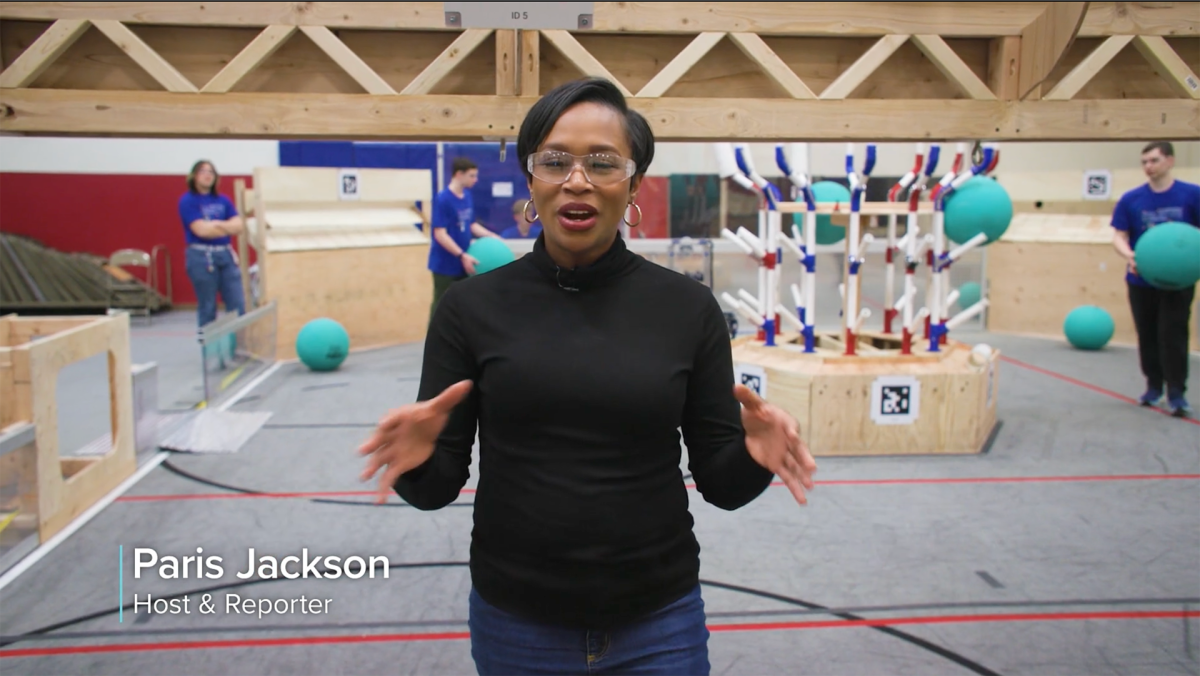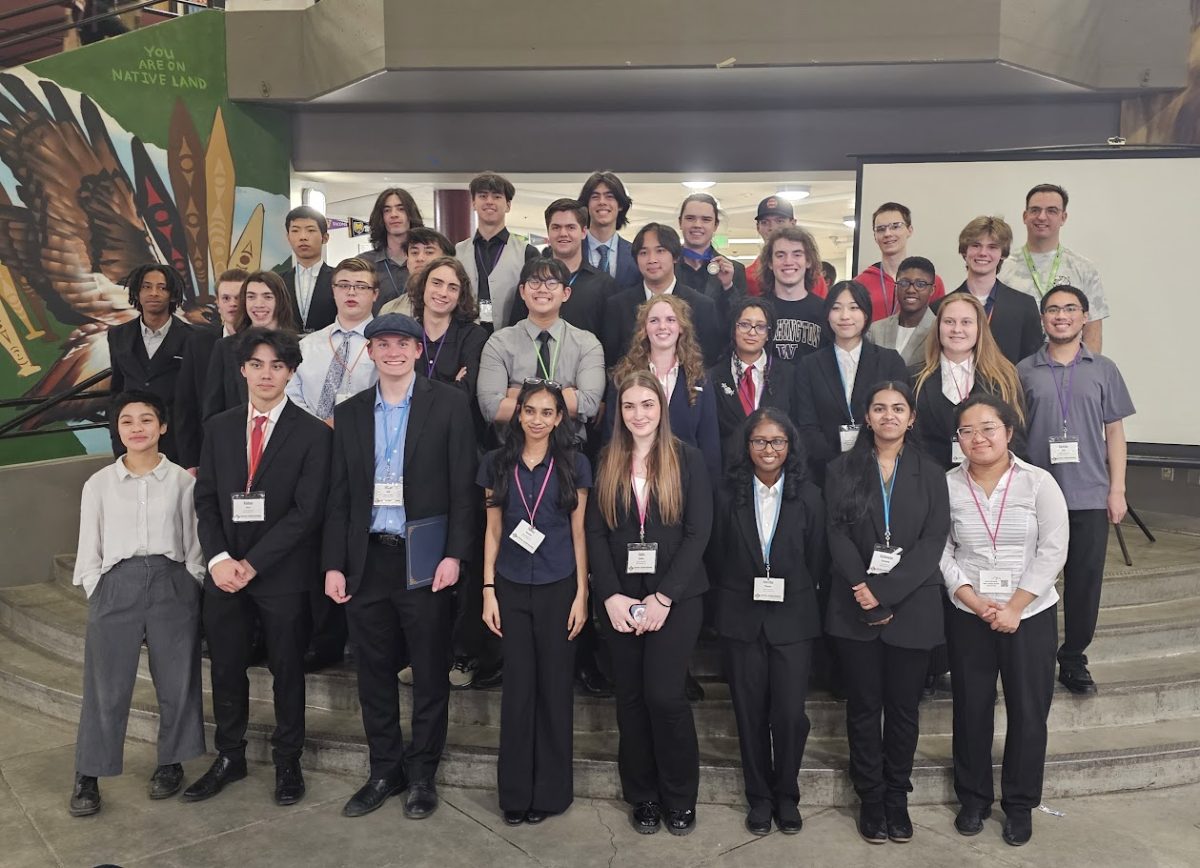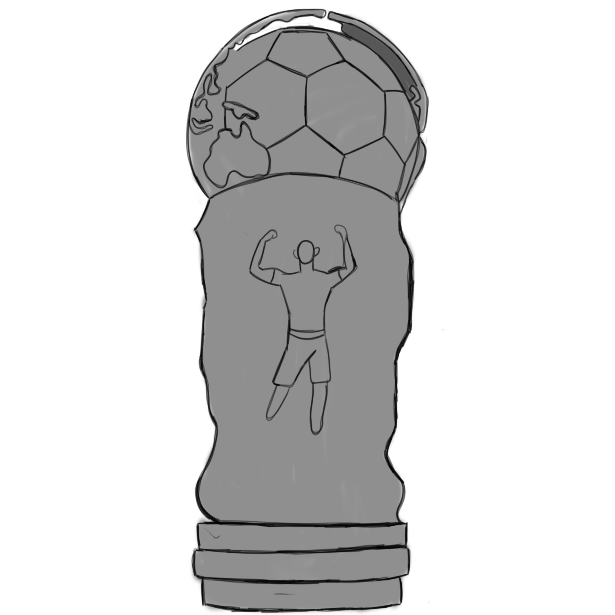Elon Musk is one of the richest and most well-known men in America, as well as the maker of the “Not a Flamethrower,” the owner of “The Boring Company,” the CEO of SpaceX and the founder of Tesla. Musk is also involved with improving and inventing new rockets that can hopefully, in the future, bring the dream of colonizing Mars into reality.
The idea of colonizing another planet has been NASA’s dream for many years; however, the funding for sending the first person to Mars would be $6 billion according to NASA, although other researchers at NASA have estimated the cost at $100 billion for traveling there and back. Using his company SpaceX, Musk created different plans at a lower cost and is currently trying to reach Mars before NASA.
SpaceX is a company with the set goal of commercializing space travel and getting the first person on Mars’ surface.
“If he can make the cost of space travel lower than the maximum cost people are willing to pay, then he can commercialize space travel,” STEM teacher James Wilson said on the topic of Musk’s plan of the commercialization of space travel.
Musk has created revolutionary inventions in the field of space travel to accomplish his goals, one such invention being the reusable rocket.
The reusable rocket is an innovative tool that can allow space travel to become commercialized. Musk’s Falcon 9 rocket has a completely reusable first stage. The current price to create the Falcon 9 rocket is $62 million, with the first stage reducing 70 percent of that cost. This first stage can be reused 10 times without hardware changes and up to 100 times with only moderate refurbishment, greatly decreasing the cost of space travel.
As of February 6, 2018, SpaceX’s current success rate has been 75 percent, with only one failed landing of a reusable launch vehicle and three successful landings. Last year saw more promise, with zero reported failed landings and 15 confirmed landings. As of this year alone, there are 27 planned launches this year alone, giving SpaceX many opportunities for more successful landings.
One of the first fully reusable rockets is SpaceX’s “Falcon Heavy,” a revolutionary rocket that can carry nearly double the weight of any other rocket in history. Falcon Heavy can lift nearly 64 metric tons, which is more than double the weight capabilities of Delta IV Heavy, another cargo rocket.The fully reusable launch vehicle saves millions of dollars and reduces the amount of metal necessary to launch a rocket.
During a launch, the “Falcon Heavy” carried Musk’s very own Tesla brand car into Earth’s orbit with a mannequin in a spacesuit acting as the driver. This car is currently orbiting Earth with a live camera sending video of the car’s travels back down to Earth.
Musk has joked about his car many times, even tweeting “I’m sure it’s parked around here somewhere,” referencing the idea of forgetting where you park. This car currently has plans to orbit Mars; however, there have been a few problems involved.
The prospect of Musk’s car orbiting Mars has made some people worried over the sanitation of the car and if it was made in a perfectly clean room. If the car was made in a dirty room, many problems could result, one of which being the invasion of Earth’s bacteria on Mars. If the car were to crash on Mars and also be unsanitary, bacteria from Earth could contaminate future research missions.
A common problem seen with Musk’s plans of commercializing space travel is the potential pollution on Earth. The current fuel used for Falcon Heavy is RP-1 (a refined kerosene) and liquid oxygen, which both produce large amounts of carbon dioxide when burnt. RP-1 has a 34 percent carbon content, the amount of RP-1 in three Falcon 9 rockets is 440 tonnes. With Musk’s plan of launching a rocket every two weeks, the pollution involved in launching SpaceX’s rockets will continue to build up to around 4,000 tons per year of carbon dioxide.
Another major problem involved in Musk’s plans are the copious amounts of potential space pollution. Old satellites and pieces of rocket have been floating in space for many years now, and this pollution can cause interference with potentially newer launches. Not only is there large amounts of space pollution, but much of it is unmarked with little way of knowing its location in Earth’s atmosphere.
Musk has the encouragement of the public to get a person on Mars, but he has also made a bet with Michael S. Malone, a journalist and host of several tv shows, that he can get a person on Mars by 2020 or 2025. To complete this task, Musk still has many goals to accomplish, mainly completing the rocket he plans on sending people in.
Musk currently has the goal of creating the BFR, a 42 engine rocket that would end up being around 400 feet tall. This giant of a rocket is what Musk plans on using to send the first person to Mars, making it the largest rocket ever made and surpassing Saturn V, the rocket that took humanity to the moon and back. Musk also plans on making this the largest rocket in history and making this rocket completely reusable, increasing its reusability to 1,000 launches before needing replacement.
These monumental changes in space travel and the emphasis on commercialization is the driving reason for SpaceX’s popularity and success. Musk’s plans will change the future forever, and even potentially “making the moon a resort destination” as Wilson puts it. If Musk can fix the problems currently then there will be no stopping the future of space travel.



















